CLASS S
The class S includes Knossian documents that record chariots, wheels and armour as indicated by the presence of logograms *240 BIG, *241 CUR, *242 CAPS, *243 ROTA, *191 GAL and *253. The majority of the texts dealing with these topics were discovered at Knossos; in addition, a tablet attributable to the S class was found at Chania, on Crete (KH Sq 1) (about this tablet, see Hallager – Tzedakis 1988, 26; Hallager – Vlazaki – Hallager 1990, 24-32).
According to the find-spot, the contents, and the scribal hand, the tablets of the class S from Knossos are divided into series and sets. To date, the following series have been distinguished: Sc, Sd, Se, Sf, Sg, Sk, So, Sp, totalling more than 300 documents.
In detail, the Sc series is characterised by the presence of the logogram *240 BIG (fig. 1), a complete chariot. The sign is also almost always accompanied by other logograms, namely *162 TUN and *105 EQU, which identify an armour and a horse, respectively (Bernabé et alii 1993; Bernabé 2016b).
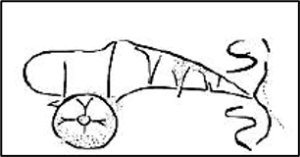
Fig. 1. *240 BIG (Bernabé 2016b).
Chariots, armour, and horses are almost always recorded in the Sc series tablets according to two main criteria, i.e. 1:1:1 (armour, one chariot, and one horse), or 2:1:2 (two suits of armour, one chariot, and two horses) (fig. 2). Sometimes the scribe may add the abbreviations, such as MO (prob. for unattested *monwos, “single”) or ZE (for /dzeugos/, “pair”), above the line, close to EQU, in order to record, the single horse or the pair of horses, respectively (fig. 2).


Fig.2. Two examples of tablets from the Sc series. On the left 1:1:1 ratio (EQU MO 1), on the right 2:1:2 ratio (EQU ZE 1).
*241 CUR represents the chariot without the wheels on (Bernabé et alii 1993, 125, 127-128; Bernabé 2016b, 526) (fig.3). Indeed, the wheels were added only at the time of its actual use to prevent deformation or wear from its weight. Unsurprisingly, the wheels (*245 ROTA) are documented in a separate group of tablets at Knossos, namely those of the So series (for an overview of the series, see Bernabé – Lujàn 1990 and Barnabé 2016b, 511-518) (fig. 4). Chariots without wheels are documented in the Sd and Se series tablets (Bernabé et alii 1993, 125, 127-128; Bernabé 2016b, 528-530).
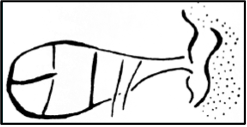
Fig.3. *241 CUR (Bernabé 2016b)
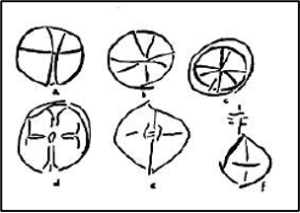
Fig.4. *243 ROTA (Bernabé 2016b, 512).
The Sf and Sg series include all the documents that have in common the presence of the logogram *242 CAPS, (fig. 5) for the chariot frame with the drawbar (Bernabè et alii 1993, 125-126; Bernabé 2016b, 530-532).
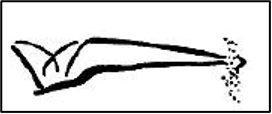
Fig.5. *242 CAPS (Bernabé 2016b).
The Sk and Sp series include texts which show the presence of the logogram *191 GAL, i.e. a helmet, and texts characterised by the presence of logogram *253, possibly a rim (Del Freo 2016, 153) or a decorative element (Bernabé et alii 1993, 142-143; Bernabé 2016b, 537) (figs. 7-8), respectively.
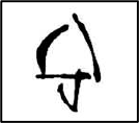
Fig.6. *191 GAL (Bernabé 2016a).
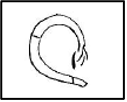
Fig.7. *253 (Bernabé 2016b).
These main components are described by many adjectives, which have allowed us to reconstruct the production chain of battle and/or parade chariots in the Mycenaean world. This has also increased our understanding of the precise structural and decorative characteristics of this important designatum, some of which are supported by archaeological evidence, for example in frescoes or ceramic reproductions (as represented on the sarcophagus of Ayia Triada, or such as the terracotta chariot of Volos) (figs. 8-9a-b). (Vandenabeele – Olivier 1979, 63-149, and especially 127).
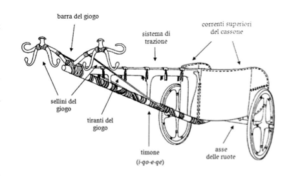
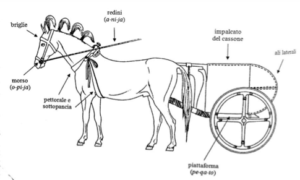
Fig. 8. Reconstruction of a mycenaean chariot.
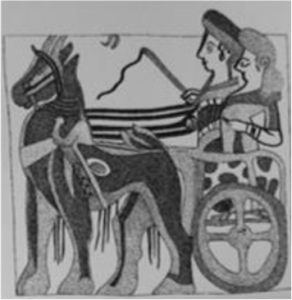
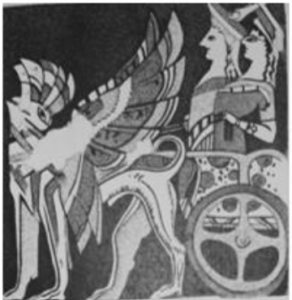
Fig.9. Representation of parade chariots in the Hagia Triada sarcophagus.
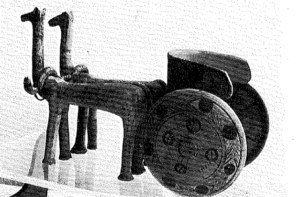
Fig. 9b. Terracotta model of a chariot. Volos – tomb B (Vandenabeele – Olivier 1979).
Sd 4406 Sd 4413 So 4448
Data License. The 2D+ and 3D-models of artifacts presented in the database of paitoproject are for scientific, non-profit use of scientists. All 2D+ and 3D-models are subject to copyright laws with all rights reserved.
Reproduction, publication or commercial use of these 2D+3D-datasets is strictly prohibited without prior written permission. For further information, contact: Prof Alessandro Greco a.greco@uniroma1.it







